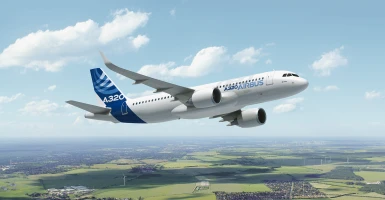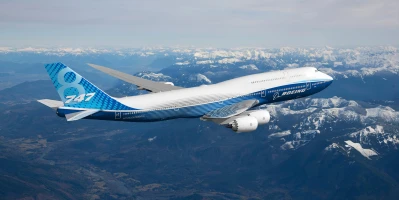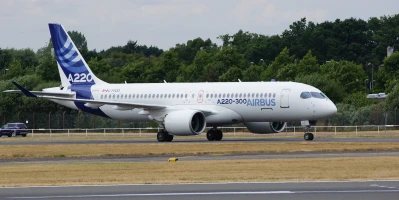good-to-know
The nine freedoms of the air
It often seems as though the freedom above the clouds knows no bounds. Yet cross-border air traffic is carefully regulated.
author: Isabel Henrich | 1 mins reading time published on: 01.12.2019
author:
Isabel Henrich
studied political science and communications. At MTU, she coordinates the editorial process of AEROREPORT and is responsible for the conception and development of its content.

Nowadays, international flights are nothing out of the ordinary. Yet ensuring that airlines can fly into the sovereign airspace of other countries requires international agreements. The first binding international accord to secure air travel rights was signed in 1944: the Convention on International Civil Aviation, or the Chicago Convention for short. Its first article states that every state has complete and exclusive sovereignty over airspace above its territory. Should an airline wish to offer a route from its home country to another country, it requires further authorizations from the states concerned. To make sure international air traffic proceeds smoothly in such cases, there are nine “freedoms of the air.”:







